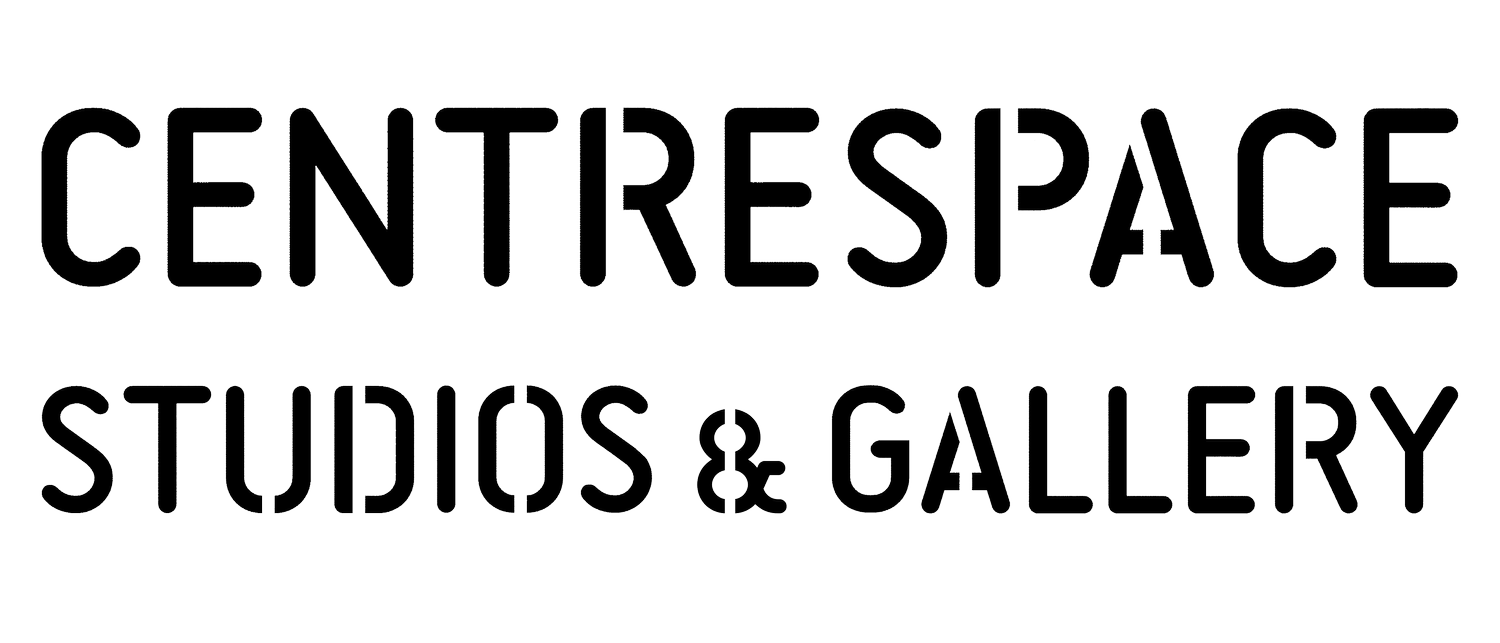








Opening Times: Aug 9th – 14th | 10am – 4pm
NB: No private viewing or launch night.
(In)audible Presences is an ongoing, long-term exploration of the documentation practices associated with wildlife sound recording.
Via an exhibited archive of typewritten A5 pages, the project challenges established approaches to sonic cataloguing, querying institutionally driven preferences for logical categorisation and notational accuracy. It calls for a creative renormalisation of how we document other species' sounds, encouraging experimental approaches to natural history archiving through the use of typewriter, paper and ink.
By deliberately foregrounding inefficient/outdated methodologies for the description and transcription of wildlife sounds, (In)audible Presences seeks to destabilise the ‘digitised precision’ of current field-recording practice, drawing attention to the ambiguous, the incomplete, the unknown. And what better source materials for this process than the mysterious ultrasonic vocalisations of bats? Inherently inaudible to humans, propagating in darkness and lending themselves to myriad perceptual distortions, the rhythmically complex echolocations of British and Irish bat species (recorded using a handheld ultrasound detector) serve as a creative foundation for the archive, acting as aural scaffolds for textual rhythm and the articulation of field experience on paper.
Bats are frequently elusive, at times leaving only impressions and fleeting sonic glimpses. The archive reflects this, collating fragmented memories, mental comparisons and emotional traces into a set of half-completed artefacts. And like the chiropteran species underpinning them, the displayed typewritten sheets are impermanent; they have a lifespan. They are analogue objects, vulnerable to loss, prone to becoming, through the visual degradation of the aural experiences impressed upon them, ‘inaudible’.
To emphasise this mutual impermanence, some sheets have been left open to nature, exposed to the raw environments inhabited by the bats documented on their surfaces. Over time, the entire collection will be exposed and re-exposed to the elements, its associated source recordings re-edited and fragmented to correspond to visible states of degradation; in this way, the project itself will become gradually less audible, gradually less present.
Will there be anything left to display, or anything worth displaying, ten, twenty, thirty years from now? Will the archive have an audible presence when the very sonic information conveyed through its sheets is rendered unintelligible?
In the upcoming Centrespace Gallery exhibition, we take the first tentative steps in exploring these questions.
Artist Bio:
Mark Ferguson is a UK-based wildlife sound recordist and sound artist. His award-winning work explores the unique and intricate sonic detail of the natural world, with an emphasis on species conservation.
Mark’s projects and compositions have been broadcast by the BBC, mentioned by the Guardian, and performed in leading arts and cultural venues worldwide. His ongoing creative and research interests include: the development of new narrative approaches for bat detecting; electroacoustic music composition with wildlife sounds; the potentialities of audio practice for environmental awareness-raising; and wildlife sound cataloguing.
Mark is a member of the Wildlife Sound Recording Society, Bat Conservation Trust and Wildfowl & Wetlands Trust, and is an established contributor to the Wildlife and Environmental Sound Archives at the British Library.
Artist Website: https://linktr.ee/fergusonic
NB: The artist does not use social media.

